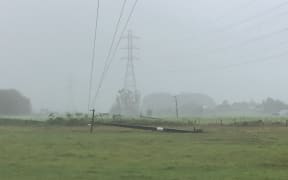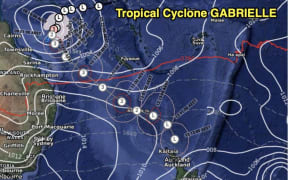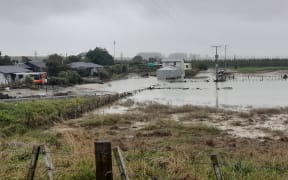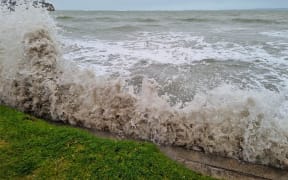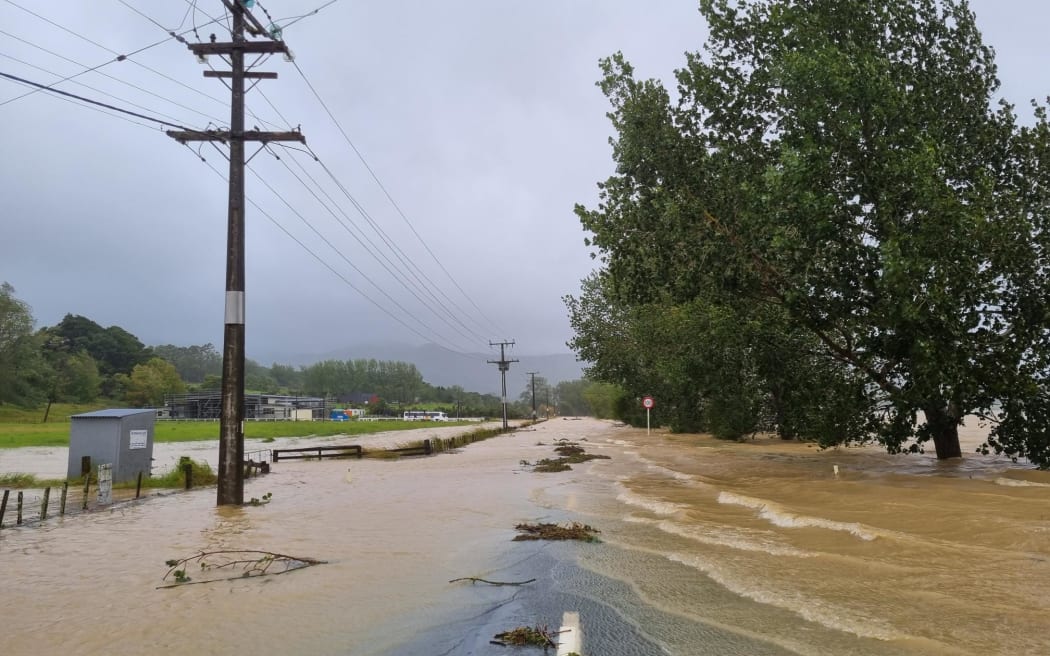
Roads in Kaipara District, Northland, flooded during Cyclone Gabrielle. Photo: RNZ / Soumya Bhamidipati
Cyclone Gabrielle rescuers could not get hold of utes to get to flood zones in a mad scramble, as a much bigger storm than expected hit.
Newly released reports from the days leading up to the cataclysmic storm reveal firefighters scrambling to find vehicles, enough communications and planning staff and air support.
"Mobility for our teams is rapidly becoming a show stopper," Fire and Emergency (FENZ) warned the National Emergency Management Agency (NEMA) on Saturday, 11 February, as the storm headed towards Northland.
Hundreds of pages of emails and reports show the lengths firefighters went to, to bridge the gap between preparations and an unprecedented hammer blow.
They had to hunt for utes - that fell to Charlie Lott, FENZ's national equipment manager, who rang around every big hire place.
"We have spent the last day-and-a-half scouring NZ for four rental utes for the Northern USR teams and has so far drawn a blank," he told the country's four rescue coordination centres on Saturday afternoon.
They had to hunt for trailers to carry rescue gear: "My local service station has one I will grab," Craig Monrad, the national operations manager for Urban Search and Rescue (USR), told Lott that Saturday morning.
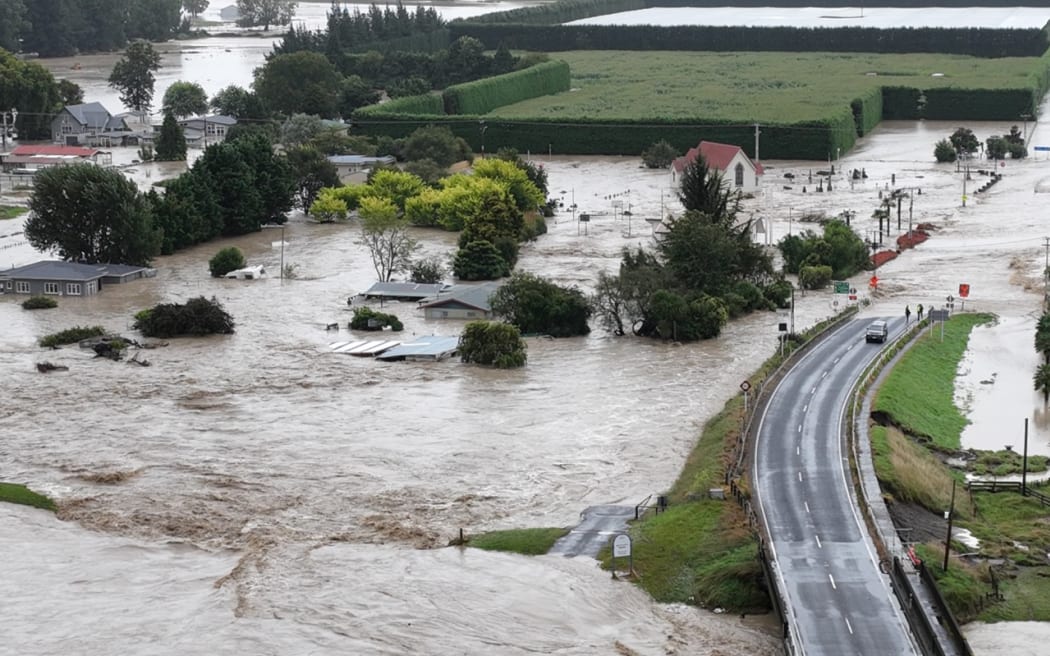
The Ngaruroro River in Hawke's Bay after it burst its banks during Cyclone Gabrielle. Photo: Supplied / Dawson Bliss
By Saturday evening, 20 people in teams were poised to leave Auckland for Northland and Thames, but "both these deployments are on hold due to lack of rental vehicles out of Auckland & Hamilton", a team leader wrote.
"All [persons] are ready to deploy... Do you have a vehicle solution to help us out? We are exploring all options at the moment."
The lack of rentals - SUVs, too - hampered not just USR but the new water rescue teams, who needed trailers for rafts, plus more than a dozen NEMA responders who flew into Auckland from Canterbury, but were stranded there.
NEMA's people had assumed they would be okay, but told Lott now they realised he had been right about the rental drought.
Desperate to get in on the ground, the various teams were unable to tap the pool of utes that rural fire brigades have; FENZ had not pooled them due to uncertainty over the cyclone's track, its wide potential impact, and the fact of a wildfire threat in the south, Lott said.
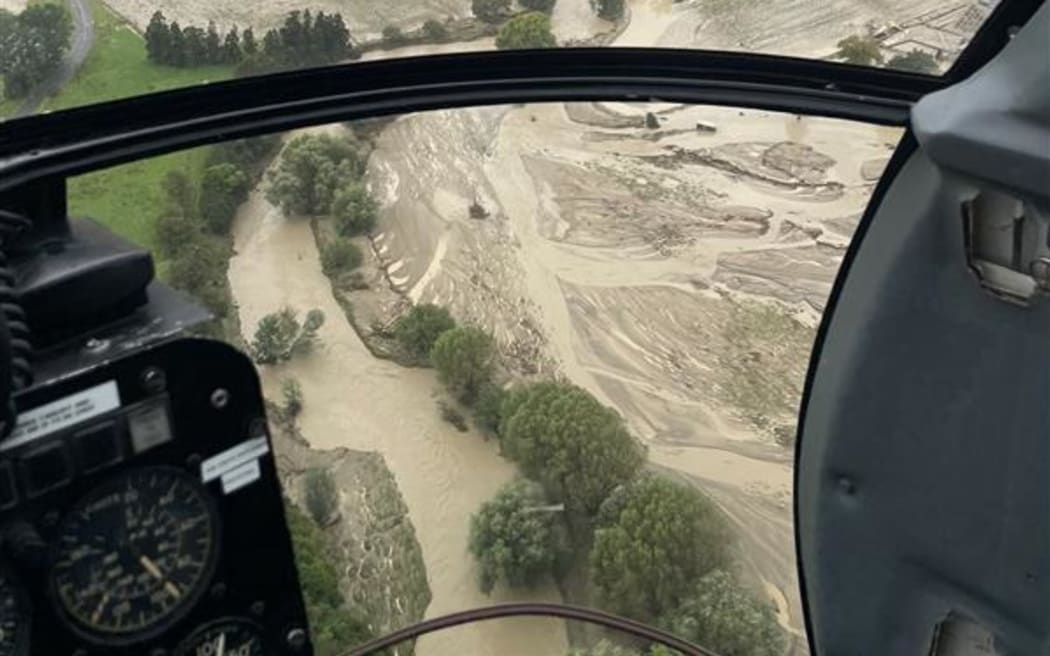
Photo: Supplied/ Ray Worters
The crews put out a call for help on Saturday to the Defence Force (NZDF) for Unimogs. On Sunday, NZDF said it could take one or two people per mog, and gear - NZDF's "resource are extremely stretched", FENZ was told.
The cyclone's threat had first waned before it intensified, bedevilling preparations.
"We are not expecting Cyclone Gabrielle to be having any specific impact on the Te Upoko region," that included Hawke's Bay, FENZ said on the Thursday before.
By Sunday morning, it said in an internal briefing: "There is a high risk that the emergency management system will be stretched in response to the severe weather."
Later, the agency cracked on, getting some USR and water rescue teams in on Sunday to Northland, Coromandel and Gisborne. Teams got through from Wellington and the Hutt.
However, less focused on Hawke's Bay than Coromandel, on Sunday FENZ pulled one water rescue team out of Gisborne - a 12-person regular team stayed - and sent it to Whitianga instead.
The water rescuers teams had had their first outing mere days before in Auckland's Anniversary storms.
"We are so far behind its [sic] scary," a senior firefighter said of the teams. But "you're going to save many lives", she added.
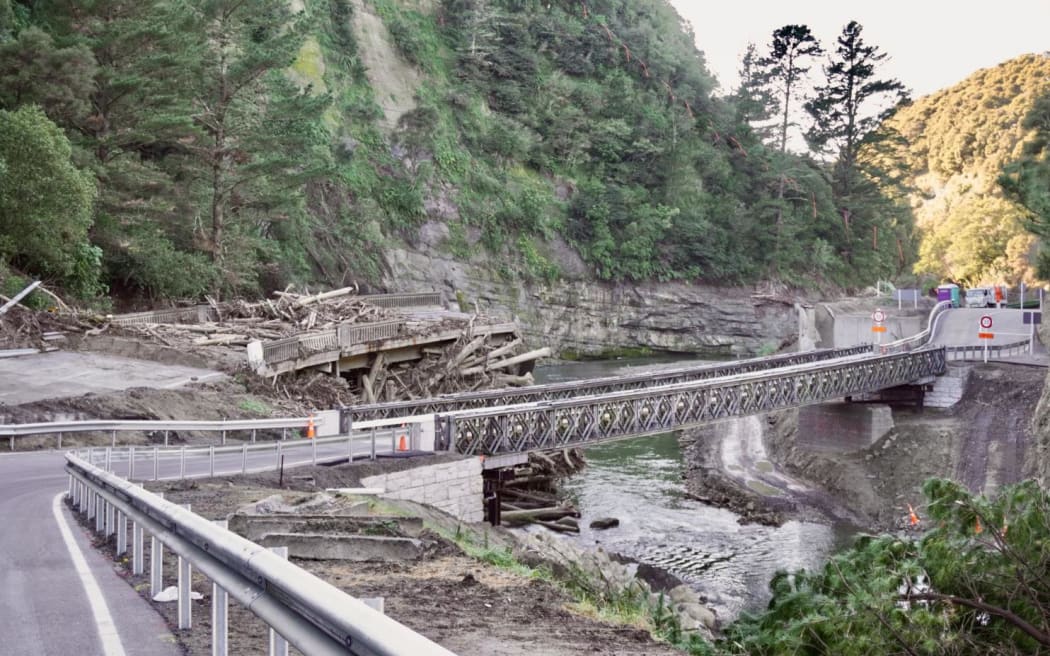
A Bailey bridge over the Waikare Gorge, taken from the Wairoa side, Bay View. Photo: RNZ/ Kate Green
They did, and stories of heroism emerged from them and others: the small Bay View brigade got a bravery award just last month from Napier City Council. Senior station officer Nick Hinks called what they did "'people helping people".
The heroics and travails of the communications centres taking the emergency calls have been documented.
On the Friday, they warned FENZ's national coordination centre (NCC) they were having to call staff back from leave.
"Nationally we are below MSS [minimum shift staffing] for every shift during this Tropical Cyclone so hopeful our people will respond," comms national manager Gavin Travers emailed.
The cyclone response covered 18 shift periods across three centres. For eight of those, staffing was below normal levels. Central comms was short - one manager and three call takers, instead of four - on four out of its six shifts.
They were not the only ones. The NCC sent out a call on the Saturday "to try and drum up interest" to cover vacant roles in planning, intelligence and logistics.
"The NCC just needs everything as quick as possible, preferably yesterday," its national advisor said. By Monday morning, it was still trying.
Come Monday evening, and the Wellington rescue coordination centre that oversaw Hawke's Bay had managed to get a ring-in as centre manager for the night shift, but had planning and intelligence roles empty.
The NCC told Wellington: "We are unable to staff the NCC Intel desk tonight without recycling today's personnel, so are only doing that as a last resort, so have no one available for the RCC."
Air rescue was a scramble, too.
On the Sunday afternoon, the NCC said it expected the weather might ground flights, but "we have enough resources for this event". The next day, however, urgent emails went back and forth to free up six people who had the necessary training to give air support.
Whakatane questioned this: "Depending on what happens leading into tonight and tomorrow he may be needed to manage/coordinate his brigade."
As the clock ticked past midnight Monday, and one-in-500 year floodwaters broke banks and tore out bridges from Te Karaka near Gisborne to Tinui near Masterton, USR sent out a call to mobilise two dozen members in the South Island.
By Tuesday morning, the national aviation lead, Stephen 'Bish' Bishop was recommending additional aircraft resources "in now for Tai Rāwhiti - they will need them".
FENZ said it always tried to balance 4WD fleet demands and had the flexibility to identify in-demand locations when it was "business as usual".
But the unprecedented storm, and high demand across its operations, put 4WD availability under strain.
All agencies experienced this during the national state of emergency, it added, especially as supply had been disrupted by Covid-19.
With parts of the South Island under high fire risk, FENZ was "very mindful of not executing large scale (even temporary) transfers of 4WDs in case something long, large or intense happened in the South Island".

